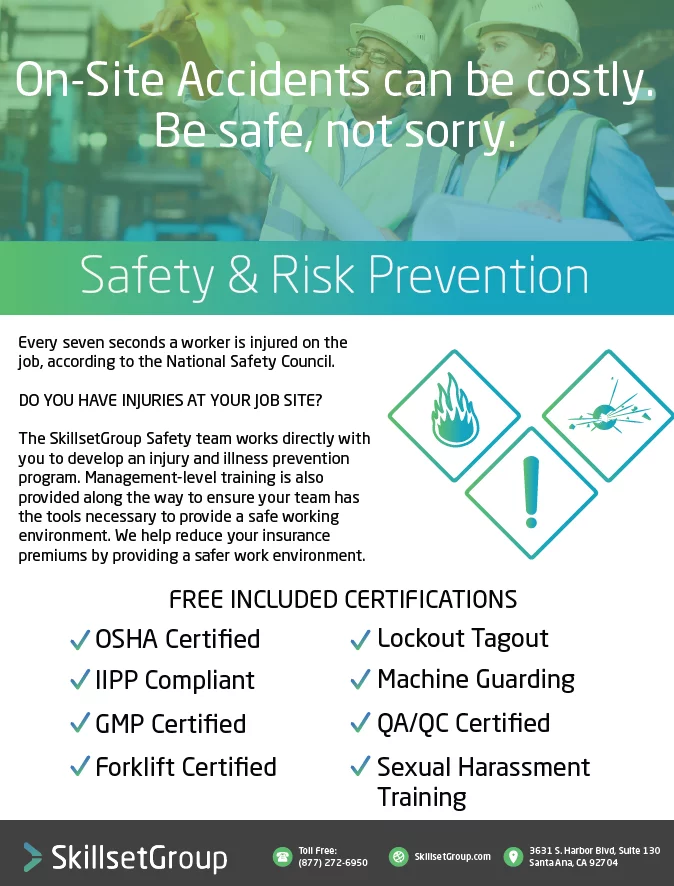The California Department of Industrial Relations Division of Workers Compensation keeps an eye on administration of worker’s comp claims and provides a judicial framework to handle disputes, all with the aim to minimize the impact of workplace injuries in California.
But the Department of Industrial Relations doesn’t set the premium rates for companies. That falls to the California Department of Insurance Rate Regulation Branch. The department is empowered by Prop 103 enacted in 1988 to make sure insurance rates charged across industries and policies are fair and non-discriminatory. This branch has an actuarial unit and rate specialist bureau.
What Is the WCIRB?

But to administer the workers comp system and make sure all the premium rates charged by hundreds of different insurers are accurate and fair, the department of insurance relies on a consortium of the insurers themselves who crunch the numbers to determine safety risks by formula. This nonprofit organization made up of hundreds of insurance companies is called the WCIRP California.
The WCIRP submits its rates for approval by the state insurance department, after which the individual insurers can start charging client firms.
Their dues pay for experts to process workers compensation data throughout the state of California and develop standard insurance premium rates for businesses based on their past claims data.
What Is an X-Mod?
A company’s “experience modification” or X-mod score comprises all these calculations. The inputs vary slightly from state to state, but the general formulas and datasets are the same across the U.S.
The formula generates a number that is more or less than 100. If a company has a better-than-average loss record (number of injuries, cost of adjudication and resolution, missed workdays, etc.) compared with similar companies in the industry, it’s X-mod would be less than 100.
The goal is to lower your X-mod rating through careful and efficient management of workers comp claims and an overall reduction of injuries.
Each year, the WCIRP begins examining workers comp claims, averaging their costs and crunching statistics from industrial operators and other business throughout the state to develop the standard premium rates for the next year.
In California, the data for these calculations come from all the injury and claims data from three prior years ending 18 months before the fiscal year in question. The 18-month gap is to account for the months-long processes for adjudicating and resolving many of these claims; you can’t assess the full cost of any claim until it’s completely resolved.
Why do X-Mods Change?
How Do You Lower Your Plant’s X-Mods?
Because the X-Mod formula focuses on safety and costs associated with safety failures, the simple answer to reducing your X-Mod rating as a firm is to improve your safety and claims management.
Simple doesn’t always mean easy or fast, however.
At SkillsetGroup, our proven system of laser-focus on safety performance indicators (SPIs), continuing safety education for workers and exacting standards for inspection and documentation improve our SPIs at client firms across industries, often by hundreds of percentage points. In time, we can cut your firm's X-mod score and save you money each year on workers comp premiums and managing claims.
This is an exacting process that is different for every facility, which is why it’s so beneficial to have a third-party like SkillsetGroup provide your workforce solutions. To learn more about our process for reducing your workplace injuries, managing your worker claims and cutting your liability and insurance costs, call SkillsetGroup Occupational Health and Safety Office at 866-607-3148


